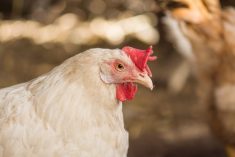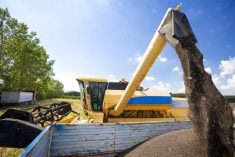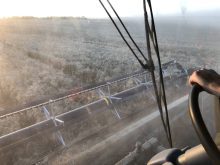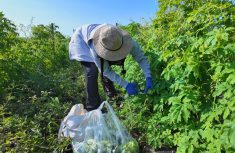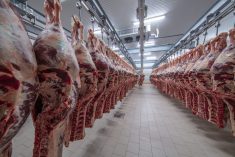The president of Manitoba Corn Growers wants farmers to make a conscious choice when they buy corn seed.
Buy seed coated with a neonicotinoid insecticide if they need an insecticide seed treatment. If not, consider fungicide-only seed.
“Pollinators are potentially at risk (by) our actions and we’re doing our best to try and spread the word,” said Myron Krahn, who spoke at the Manitoba Beekeepers’ Association convention in Winnipeg in late February.
“There’s no longer any excuse for producers to say they didn’t know,” he said.
Read Also
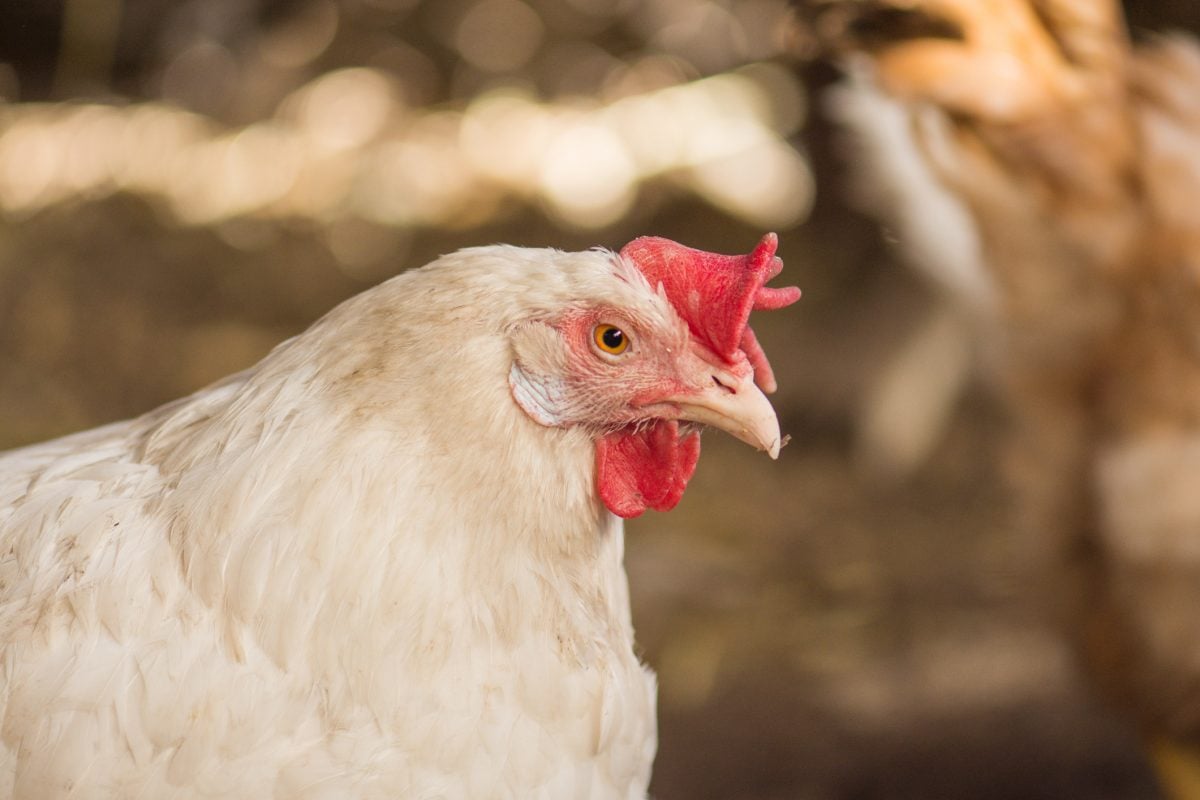
CFIA says regulatory changes will cut agricultural red tape
The Canadian Food Inspection Agency (CFIA) is set to make seven regulatory changes to cut red tape around agricultural production.
“We are aware that there are risks to the seed treatments we use.”
Krahn said Purdue University research and bee deaths during the 2012 planting season in Ontario have proven that insecticide-laden dust from corn planters are a threat to honeybee colonies.
He said Canada’s corn industry has taken action to reduce the risk, such as mandating use of a fluency agent on the seed that reduces dust emissions at planting time.
Manitoba Corn Growers also encourages farmers to buy fungicide-only seed because every corn acre in the province doesn’t require an insecticide seed treatment.
Rob Currie, a University of Manitoba entomologist, asked why corn seed comes with an insecticide seed treatment as a default choice.
Krahn, who farms near Carman and is also a seed retailer, said the corn seed sold in Manitoba comes from Ontario and the United States.
“It (corn) comes in bags and it all comes pre-treated,” he said.
“When we sell soybeans, they come out of the bin (as) bare seed…. Now you’re presenting the farmer the option to give you $10 more per acre and I’ll put this fancy blue stuff on it.”
Krahn estimated that neonic-coated seed was used on 90 percent of Manitoba’s corn acres last year. That’s high, he added, but it’s down from 100 percent a few years ago.
He said the percentage could drop further this spring.
“Canvassing other retailers around the province, it sounds like there’s been more requests from producers to have non-insecticide treated seed.”
Number of bee yards in Canada with dead bees, as reported to the Pest Management Regulatory Agency (approximate figures):
During planting Post plant
2012 210 0
2013 225 100
2014 50 55
Number of bee yards reporting colony effects from pesticides (approximate):
During planting Post plant
2012 20 0
2013 80 60
2014 30 200
Source: Health Canada
Contact robert.arnason@producer.com



